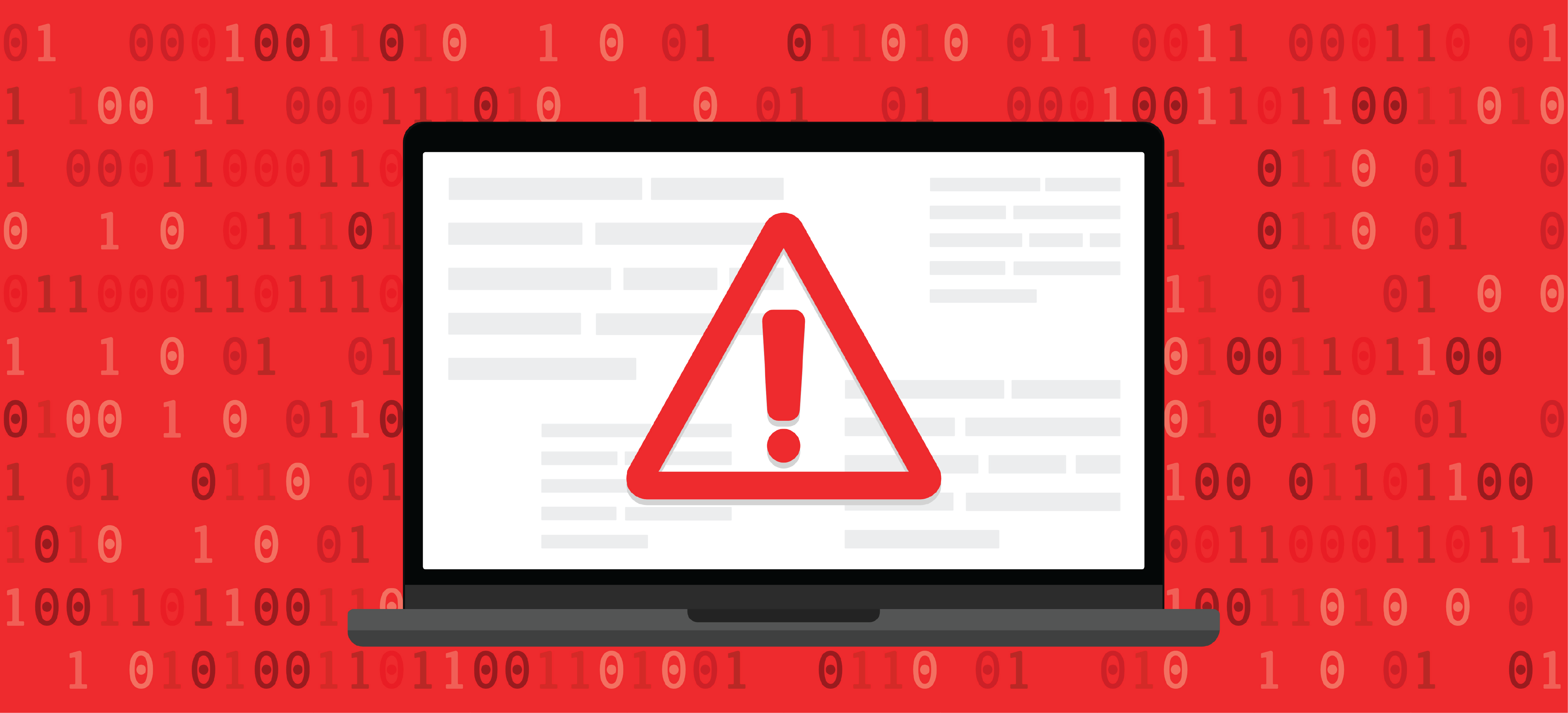Scammers are constantly trying to steal your money and your personal information, and they use a variety of ways to try to trick you. Scammers often pretend to be from an organization you might know and trust (such as an FDIC-insured bank) and try to get your personal information. FDIC can help you verify whether a website is a fake bank website or the legitimate website of an FDIC-insured bank.
There are a number of ways scammers try to reach you, too. The term “phishing” is when scammers try to reach you by email or on a website. Similarly, “smishing” is when criminals use text messaging to reach you. The word “vishing” is when these scammers call you and try to trick you into providing personal information by sounding like a legitimate business or government official. Learn how to identify these scams and better protect yourself and your money.
Am I dealing with a legitimate, FDIC-insured bank?
Criminals create fake bank websites to mislead and entice people into transferring money or disclosing personal information. This scam is a form of “phishing.” Some of these fake bank websites use the FDIC name or “Member FDIC” logo to instill a false sense of security. Sometimes it is hard to tell which websites are real, and which are fakes. Before engaging with any website for an entity that claims to be an FDIC-insured bank, it is important to make sure that the website real.
To help you determine if a website belongs to an FDIC-insured bank, check the FDIC BankFind, a data resource on the FDIC website. You can look up banks by name or website address to verify whether they are a real FDIC-insured bank. Compare the bank name with the web address or URL. Watch for letters out of place or the bank name as a sub web address of the fake name. If you are in doubt or identify a suspicious website related to FDIC insurance, please contact the FDIC National Center for Consumer and Depositor Assistance (NCDA) at 1-877-ASK-FDIC (1-877-275-3342) to speak with a deposit insurance specialist or go to ask.fdic.gov.
For the full story, visit the FDIC’s article here.
 FDIC-Insured - Backed by the full faith and credit of the U.S. Government
FDIC-Insured - Backed by the full faith and credit of the U.S. Government
